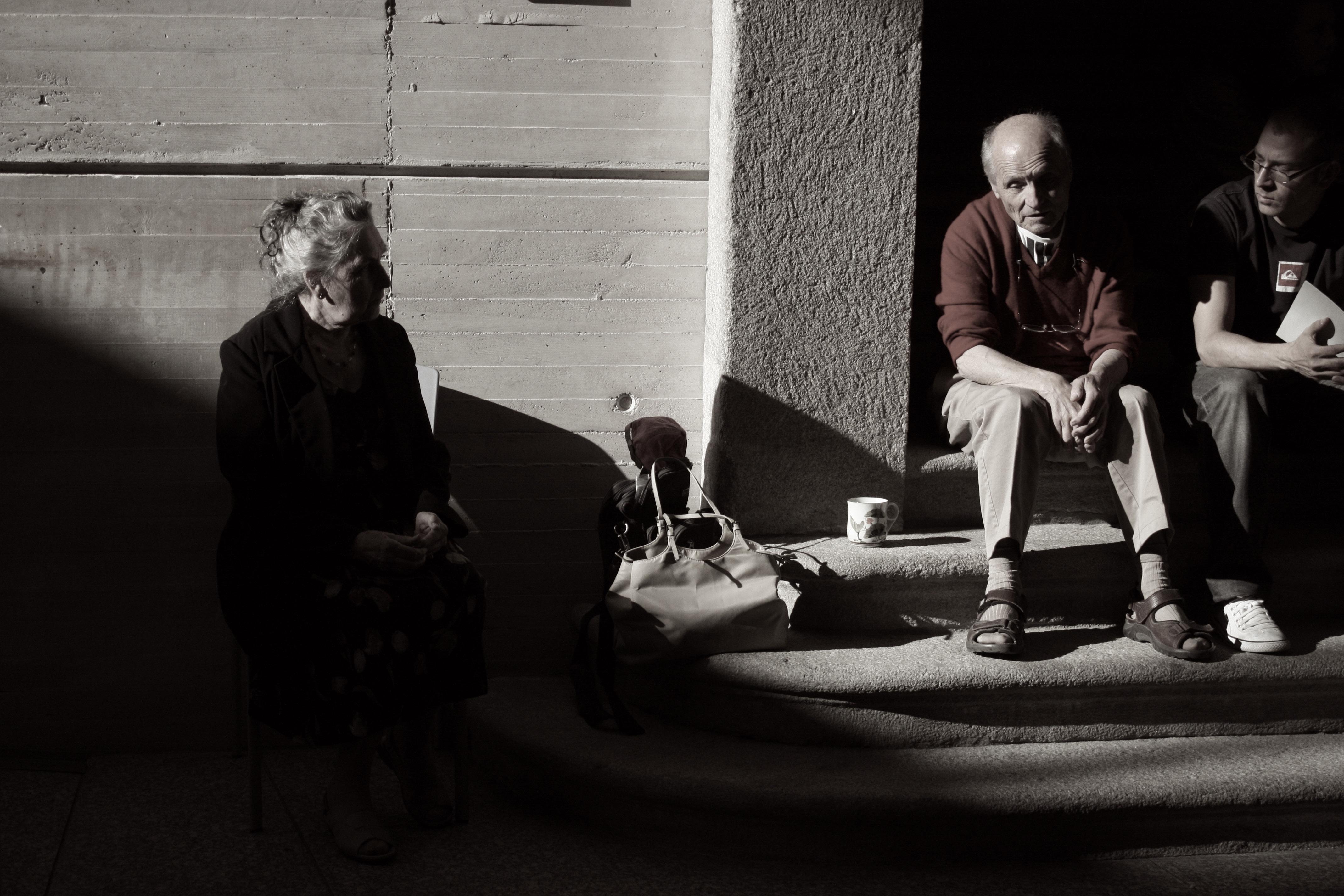
1 minute read
Stripped Down by the Artist’s Sensibility: The Struggle of Selection to Express Realism

On his own realist art, Hara says, “I’m placed in the genre of fine arts, but it’s not that I keep painting in order to express something about myself. I paint because it’s there. That’s how I feel.”
Advertisement
A realist painting represents the subject just as the artist views it. According to Hara, one of the differences between realist art and photography is the texture that is unique to the medium of oil painting.
“Nowadays, you can use technology to add a painterly effect on photos. But for a digital image, its texture as an object is always flat, even though, visually, you can make them look like they have the texture of icons or paintings. In oil painting, you can adjust the textures, from dry and flaky to moist and smooth.”
To express the real presence of the subject, it’s not enough to have a mastery of technique. Hara does not simply paint things as they appear to him, but deliberates over how he expresses them.
“In painting, you have to create another space within a flat surface,” he explains. “Take colours, for example—in a painting, it’s not always the case that using the same colour as you see in reality turns out well.”
When asked how the singular matière of his artworks comes into being, Hara answers, “I pay close attention to the colours I choose to give a sense of unity to the image.”
Another point he values while painting is simplicity. He strips things down and organises it during the creative process so that the image doesn’t feel too busy. His paintings, extracted onto the canvas through a filter of the artist’s piercing sensibility, are redolent with a sense of presence that is a world apart from works of photography.





